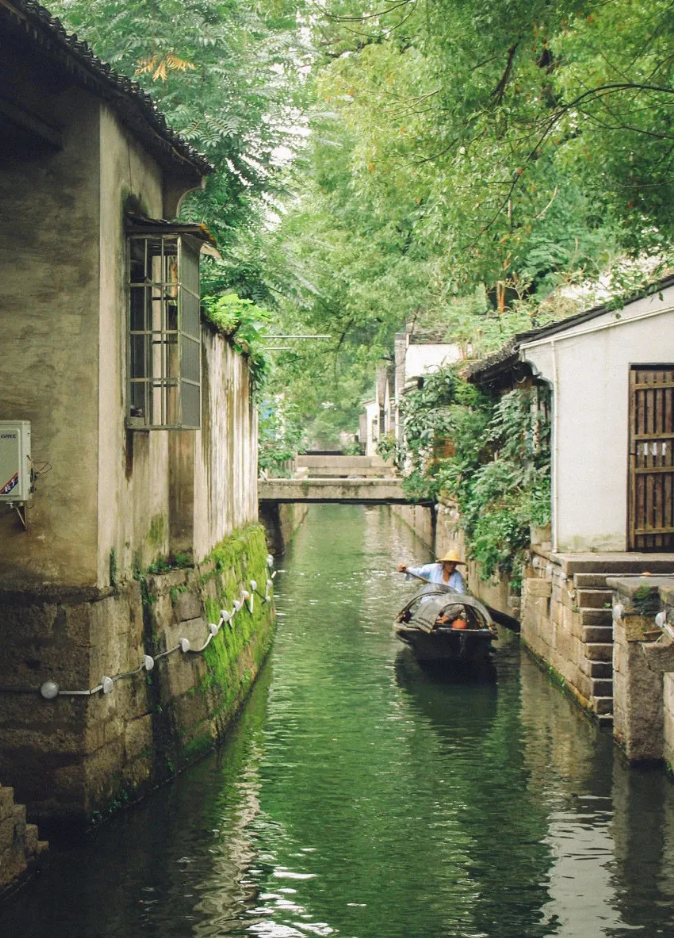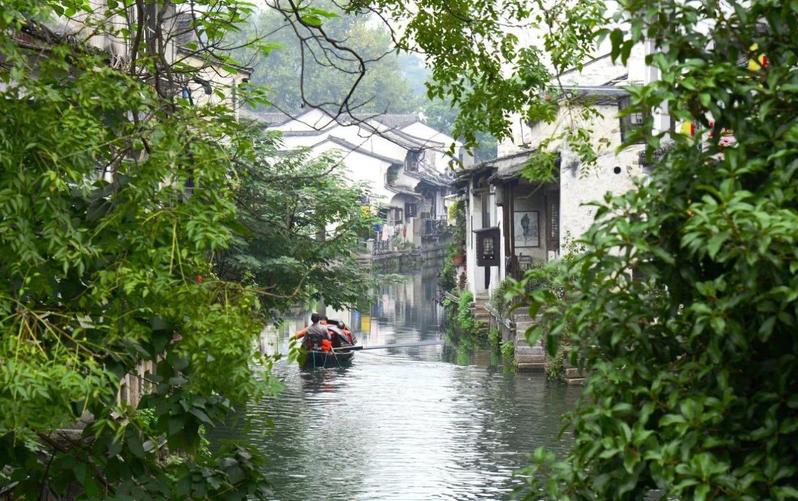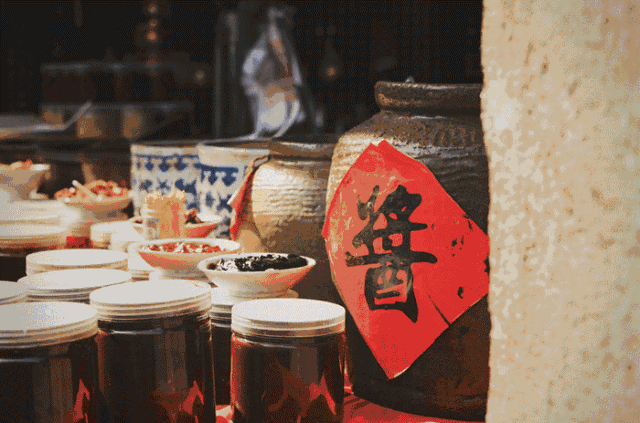Neither Suzhou nor Hangzhou could fully reflect your imagination about the tenderness of a Jiangnan town, instead...
When calling it a Jiangnan waterside town, we simply feel the tenderness. Moreover, the Jiangnan popular tune played in soft dialect, white walls, bamboo shadow, bridges over the river and large compounds along the old streets add poetry to such tenderness.
Recently, China National Geography started a evaluation campaign for a list of popular scenic spots in China, in which the most popular Jiangnan waterside town is granted to Shaoxing, the old town widely known as “the museum of ancient bridges”.


Among so many Jiangnan waterside towns, why Shaoxing prevails in terms of popularity?
Probably because Shaoxing is a waterside town marked by the black-awning boat as Lu Xun described; it embraces a culture of 2500 years and has bred so many prominent figures but still remains humble and self-composed; its history has been recorded in numerous volumes of literature works created here.

Or because it’s like an open museum where even a dark and quiet corner or the glimmering water ripple under the bridge will remind you of its past.

Or rather because of the Shaoxing rice wine that people must drink every day, and the soy sauce that must be served in every meal.

Whatever the reason is, this town running by the black-awning boat deserves it.
The light fragrance of rice wine in the air, the leisure black-awning boat along the river and the vigorous opera from the stage have, though, gone through more than two thousand years, still remain tranquil, gentle and lingering.

- 0575-89180831
- 浙公网安备 33060202000378号 浙ICP备05014601号-1
- Copyright © 2020-2050 Shangwang Yanli Rural Recreation Area





